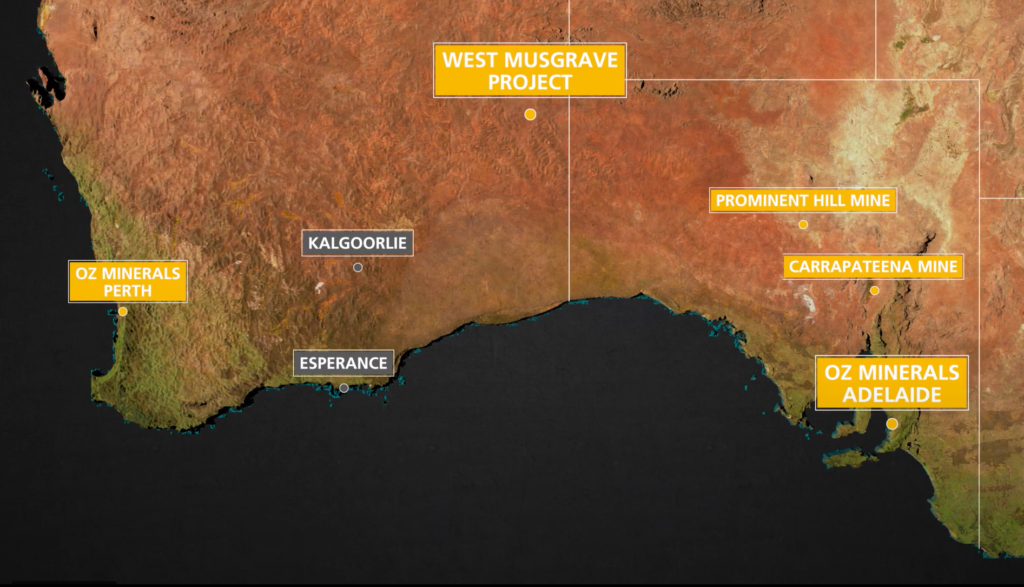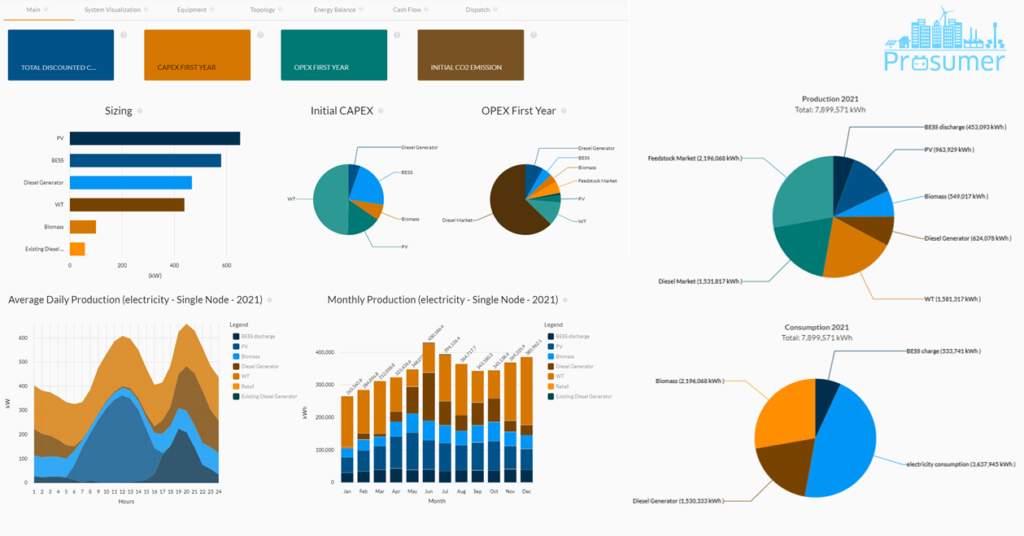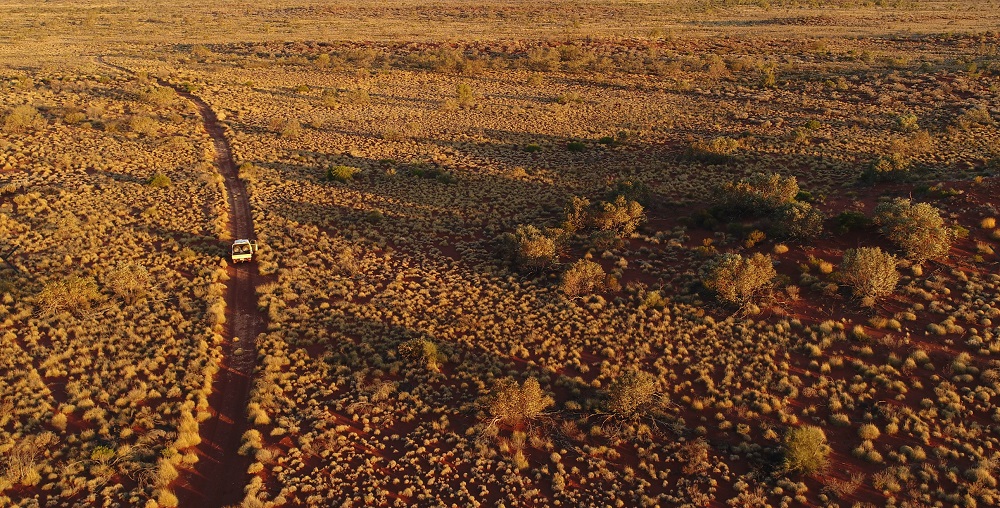You do not get much more remote than OZ Minerals’ West Musgrave copper-nickel project. Located in the Ngaanyatjarra Aboriginal Lands of central Western Australia, it is some 1,300 km northeast of Perth and 1,400 km northwest of Adelaide; near the intersection of the borders between Western Australia, South Australia and the Northern Territory. The nearest towns include the Indigenous Communities of Jameson (Mantamaru), 26 km north; Blackstone (Papulankutja), 50 km east; and Warburton (Milyirrtjarra), 110 km west.
This makes the company’s ambition of developing a mine able to produce circa-32,000 t/y of copper and around 26,000 t/y of nickel in concentrates that leverages 100% renewable generation and can conduct ‘zero carbon mining’ even bolder.

OZ Minerals is not taking this challenge on by itself. In addition to multiple consultants and engineering companies engaged in a feasibility study, the company has enlisted the help of ENGIE Impact, the consulting arm of multinational electric utility company ENGIE, to come up with a roadmap that could see it employ renewable technologies to reach its zero ambitions.
“We’re providing an understanding of how they could decarbonise the mine to achieve a net zero end game,” Joshua Martin, Senior Director, Sustainability Solutions APAC, told IM.
While ENGIE Impact is focused solely on the energy requirements side of the equation at West Musgrave, its input will prove crucial to the ultimate sustainability success at West Musgrave.
Having worked with others in the mining space such as Vale’s New Caledonia operations (recently sold to the Prony Resources New Caledonia consortium), Martin says OZ Minerals is being “pretty ambitious” when it comes to decarbonisation.
“Our job is to assess if the renewable base case stacks up for West Musgrave, create multiple decarbonisation pathways for their consideration and look at what technology should be adopted to achieve their overall aims,” he said.
This latter element is particularly important for an off-grid project like West Musgrave, which is unlikely to start producing until around mid-2025 should a positive investment decision follow the upcoming feasibility study.
While solar, wind and battery back-up are all likely to play a role in the power plans at West Musgrave – technologies that are frequently factored into hybrid projects looking to wean themselves off diesel or heavy fuel oil use – more emerging technologies are likely to be factored into a roadmap towards 100% renewable adoption.
“We are developing a series of roadmaps that factor in where we think technologies will be in the future,” Martin said. “These roadmaps come with a series of decision gates where the company will need to take one option at that point in time if they are to pursue that particular decarbonisation pathway.”
These roadmaps utilise ENGIE Impact’s consulting and engineering nous, as well as the consultancy’s PROSUMER software (screenshot below) that is used on any asset-level decarbonisation project roadmap, according to Martin.

“This software was specifically built for that purpose,” Martin said. “There is nothing on the market like this.”
Progress at PFS level
OZ Minerals’ December 2020 prefeasibility study update went some way to mapping out its decarbonisation ambition for West Musgrave, with a 50 MW Power Purchase Agreement that involved hybrid renewables (wind, solar, battery, plus diesel or gas).
The company said in this study: “Modelling has demonstrated that circa 70-80% renewables penetration can be achieved for the site, with the current modelled to be an optimised mix of wind, solar and diesel supported by a battery installation.”
OZ Minerals said there was considerable upside in power cost through matching plant power demand with the availability of renewable supply (load scheduling), haulage electrification to maximise the proportion of renewable energy used, and the continued improvement in the efficiency of renewable energy solutions.
ENGIE Impact’s view on hydrogen and electric haulage in the pit may be considered here, complemented by the preliminary results coming out of the Electric Mine Consortium, a collaborative mine electrification project OZ Minerals is taking part in with other miners such as Evolution Mining, South32, Gold Fields and IGO. And, on the non-electric pathway, ENGIE Impact’s opinion is being informed by a study it is undertaking in collaboration with Anglo American on developing a “hydrogen valley” in South Africa.
If OZ Minerals’ early technology views are anything to go by, it is willing to take some risk when it comes to adopting new technology.

The preliminary flowsheet in the prefeasibility study factored in a significant reduction in carbon emissions and power demand through the adoption of vertical roller mills (VRMs) as the grinding mill solution, and a flotation component that achieves metal recovery at a much coarser grind size than was previously considered in the design.
Loesche is working with OZ Minerals on the VRM side, and Woodgrove’s Direct Flotation Reactors got a shout out in the process flowsheet.
While mining at West Musgrave is modelled to be conventional drill, blast, load and haul, the haulage fleet will comprise up to 25, 220 t haul trucks, with optionality being maintained to allow for these trucks to be fully autonomous in the future, OZ Minerals said.
‘True’ zero miners
OZ Minerals is aware of the statement it would make to industry if it were to power all this technology from renewable sources.
“With a future focus on developing a roadmap to 100% renewable generation, and reducing dependency upon fossil fuels over time, West Musgrave will become one of the largest fully off-grid, renewable powered mines in the world,” it said in the updated PFS. “The solution would result in the avoidance of in excess of 220,000 tonnes per annum of carbon dioxide emissions compared to a fully diesel-powered operation.”
The company’s Hybrid Energy Plant at Carrapateena in South Australia, whose initial setup includes solar PV, battery storage, diesel generation and a micro-grid controller, will provide a test case for this. This is a “unique facility designed to host experiments on how various equipment and energy technologies interact on an operating mine site”, the company says.
Martin and ENGIE Impact agree OZ Minerals is one of many forward-thinking mining companies striving for zero operations with a serious decarbonisation plan.
“The mining projects we are working on are all looking to achieve ‘true’ net zero operations, factoring in no offsets,” he said. “Having said that, I wouldn’t say the use of offsets is an ‘easy out’ for these companies. They can form part of the decarbonisation equation when they have a specific purpose, for instance, in trying to support indigenous communities.”
These industry leaders would do well to communicate with each other on their renewable ambitions, according to Martin. Such collaboration can help them all achieve their goals collectively, as opposed to individually. The coming together of BHP, Rio Tinto, Vale, Roy Hill, Teck, Boliden and Thiess for the ‘Charge on Innovation Challenge’ is a good example of this, where the patrons are pooling resources to come up with workable solutions for faster charging of large surface electric mining trucks.
“In the Pilbara, for example, there is a real opportunity to create a decarbonisation masterplan that seeks to capitalise on economies of scale,” he said. “If all the companies work towards that end goal collaboratively, they could achieve it much faster and at a much lower cost than if they go it alone.”
When it comes to OZ Minerals, the miner is clearly open to collaboration, whether it be with ENGIE Impact on decarbonisation, The Electric Mine Consortium with its fellow miners, the recently opened Hybrid Energy Plant at Carrapateena, the EU-funded NEXGEN SIMS project to develop autonomous, carbon-neutral mining processes, or through its various crowd sourcing challenges.










